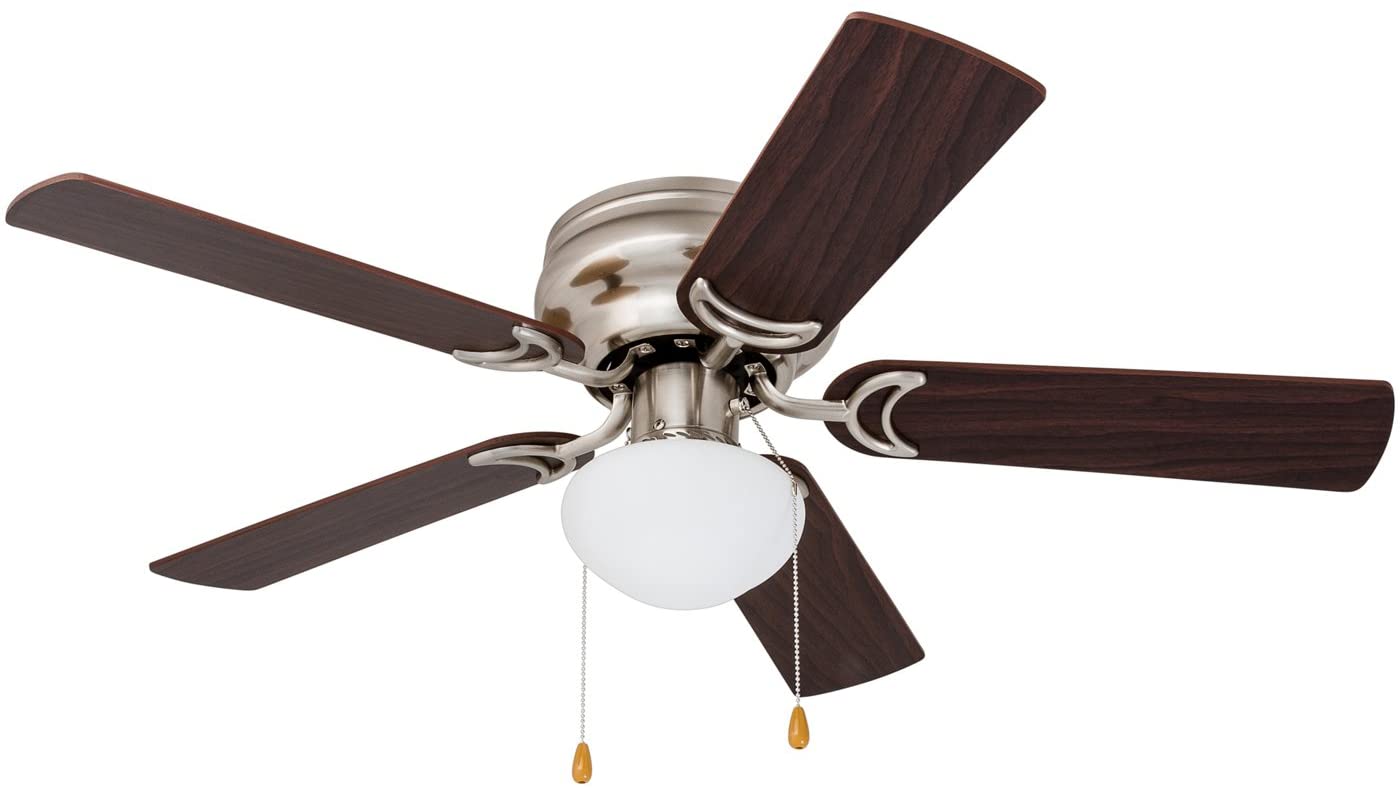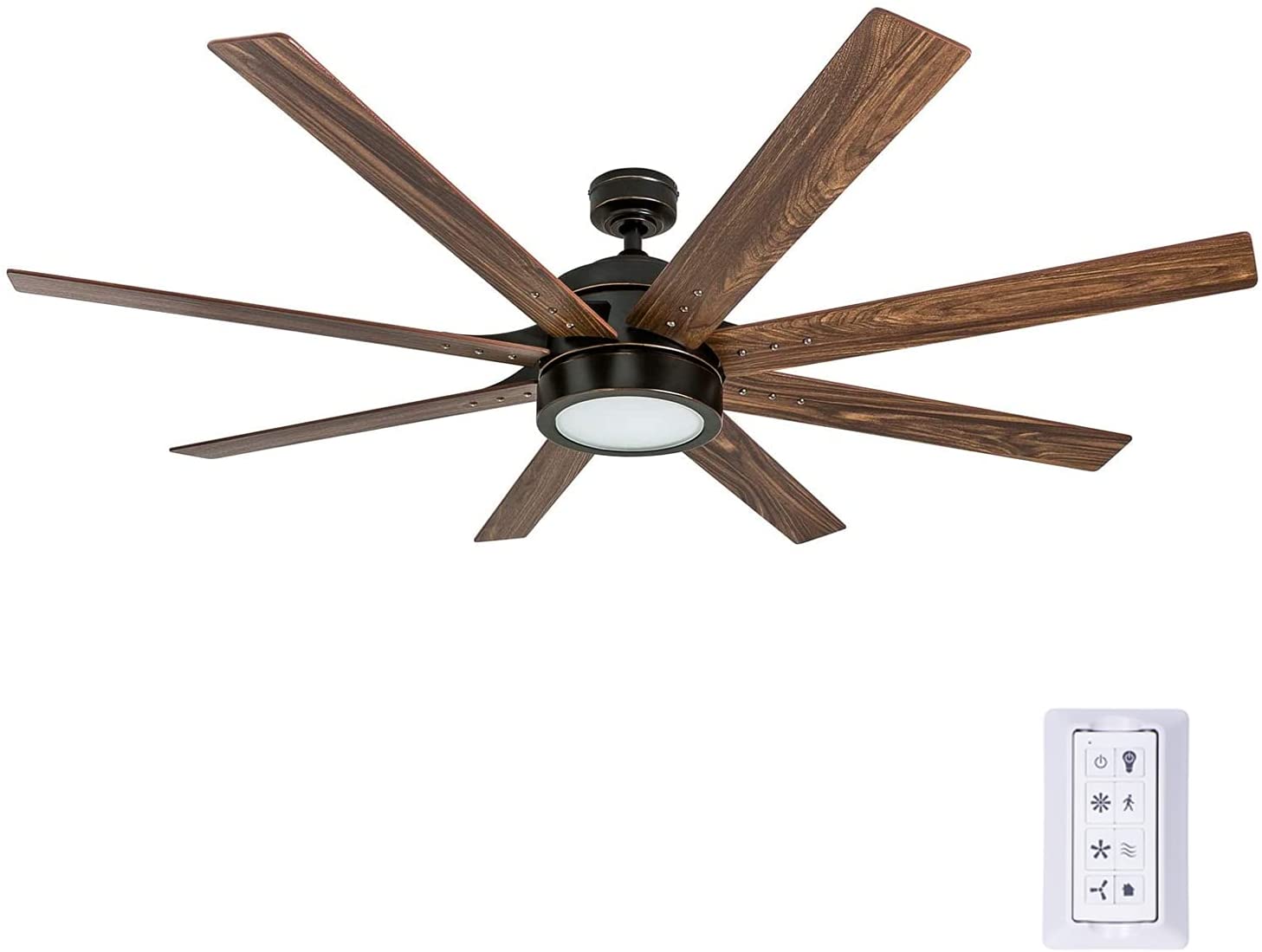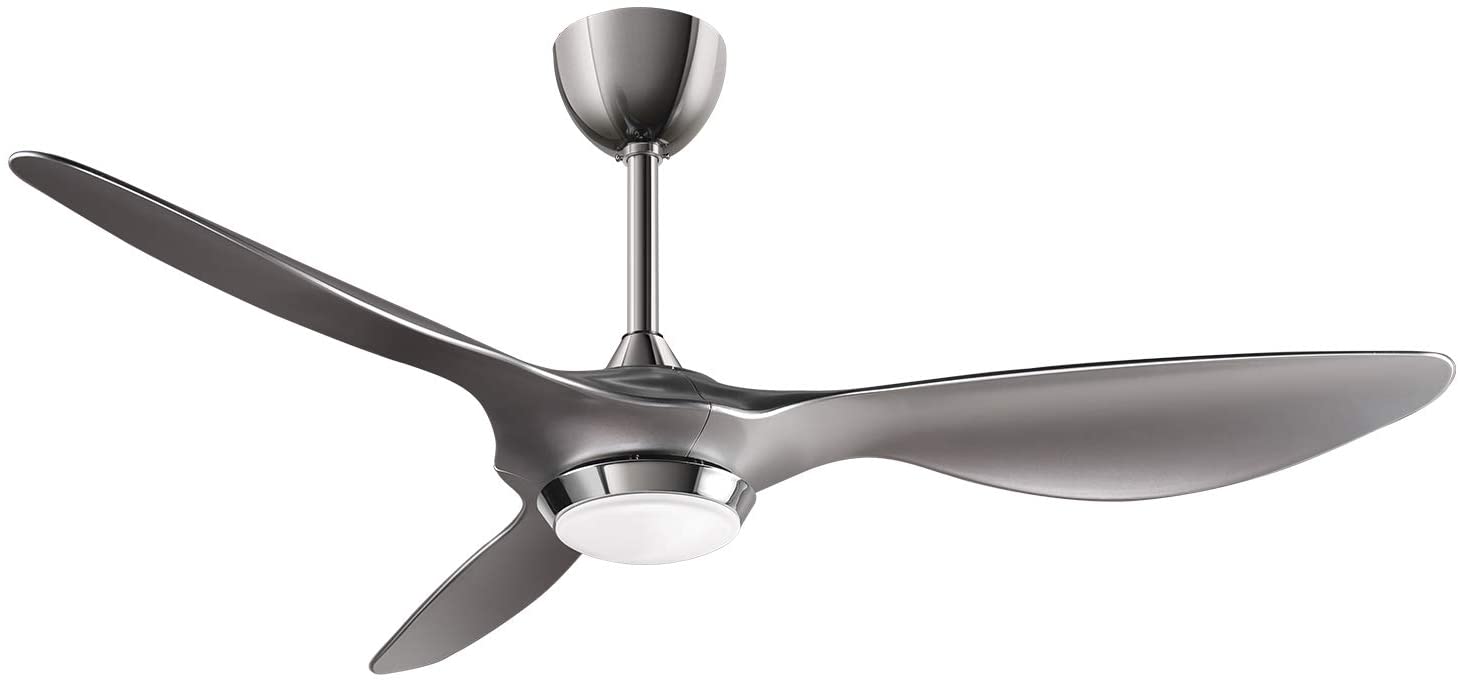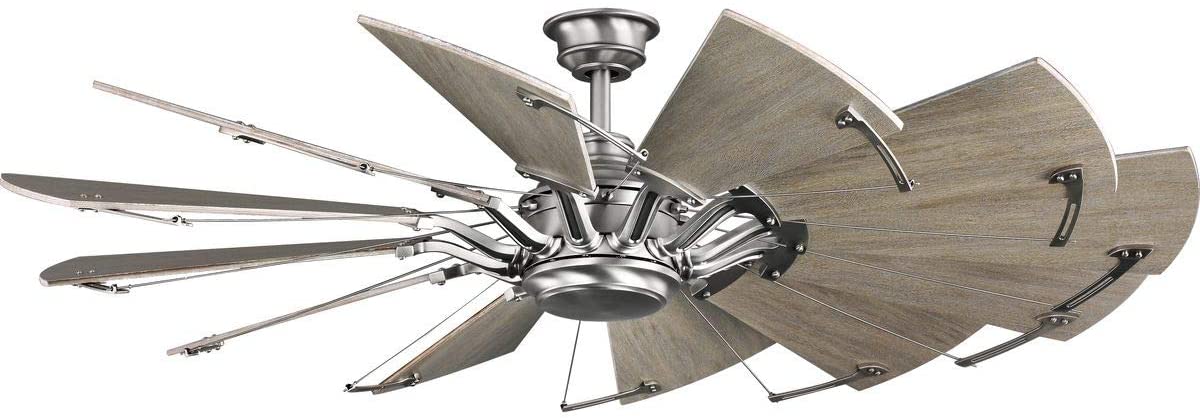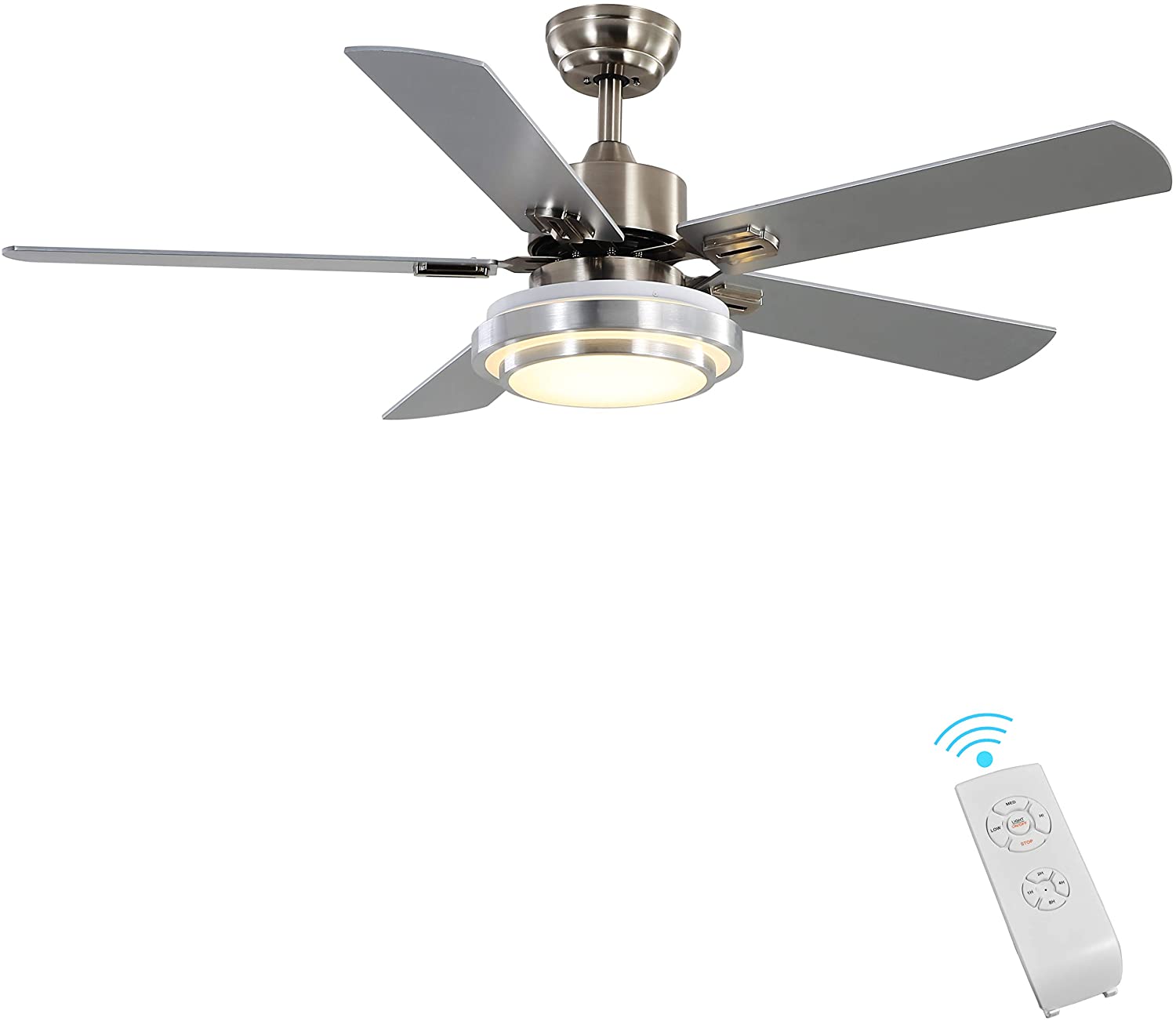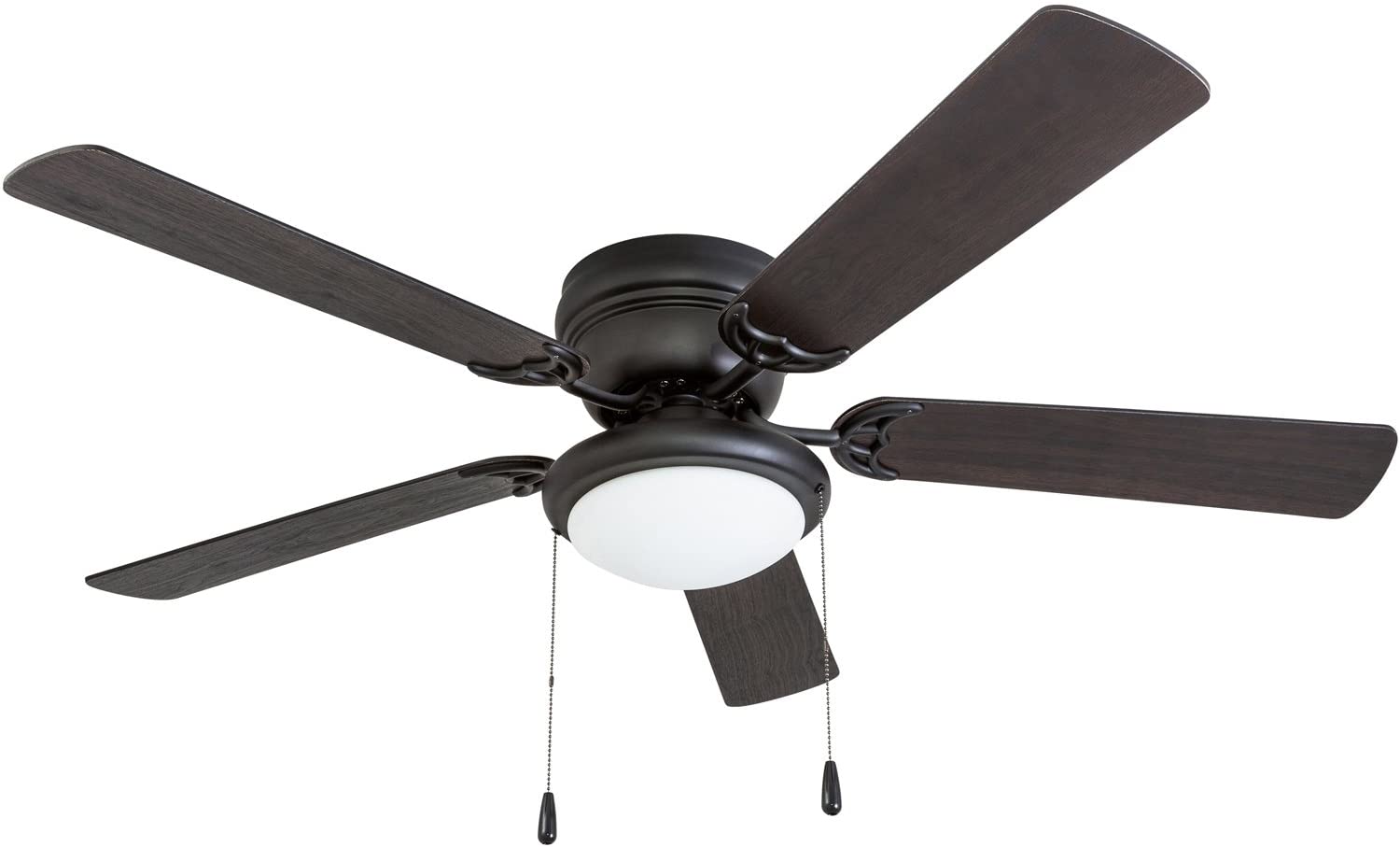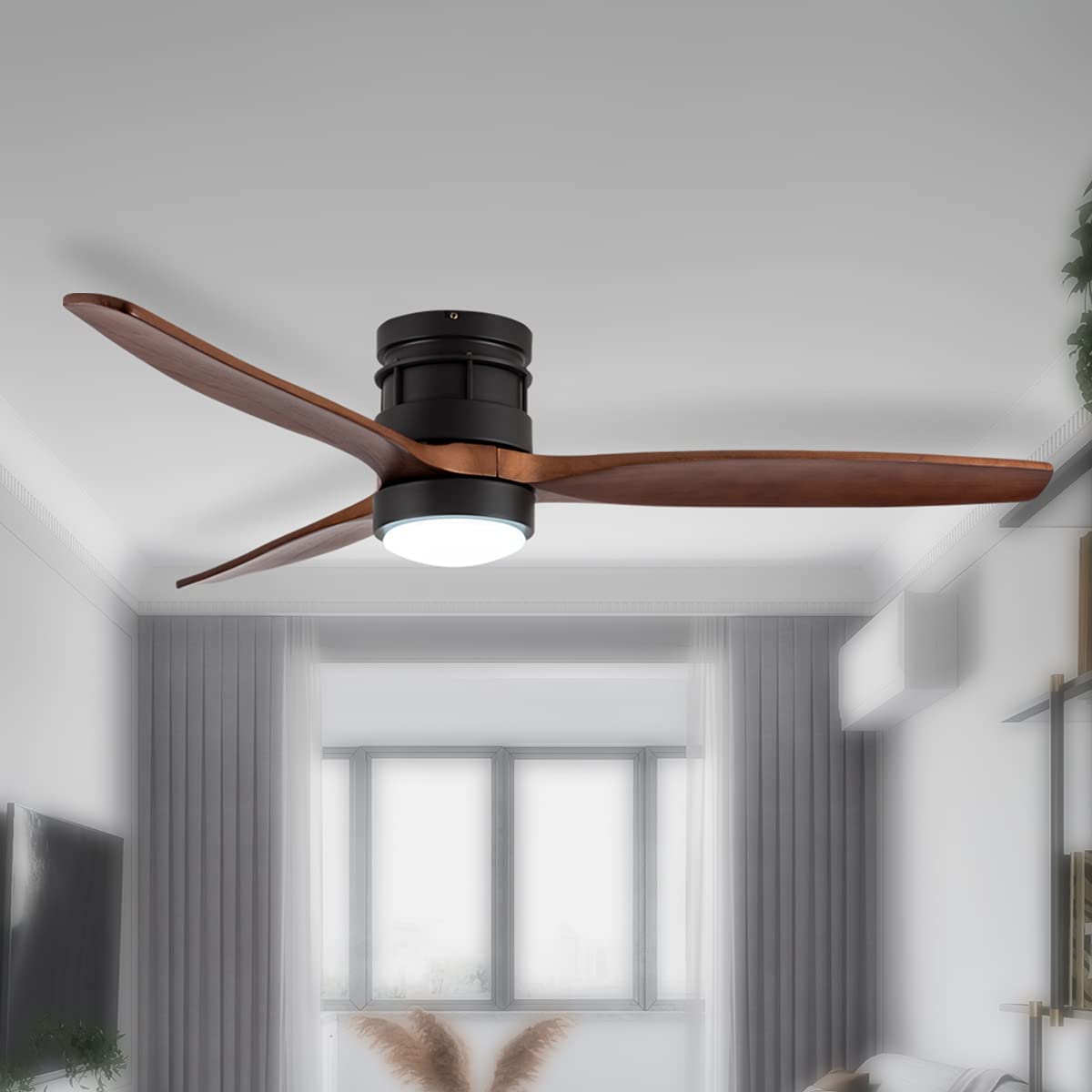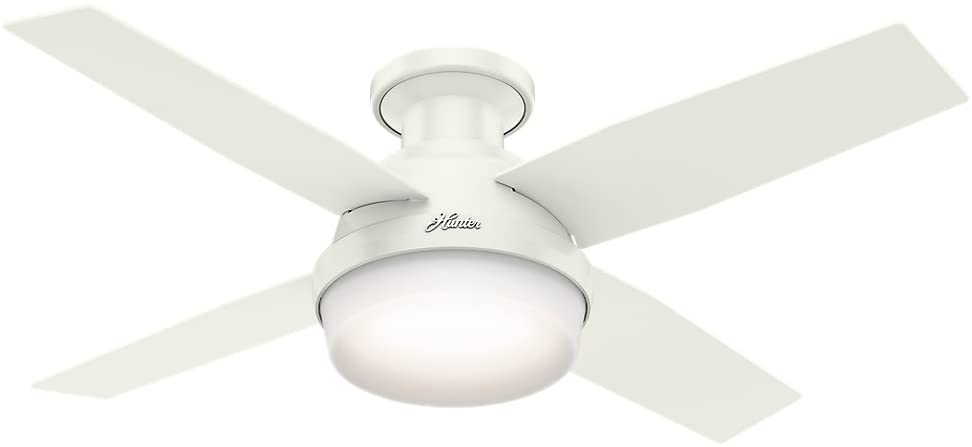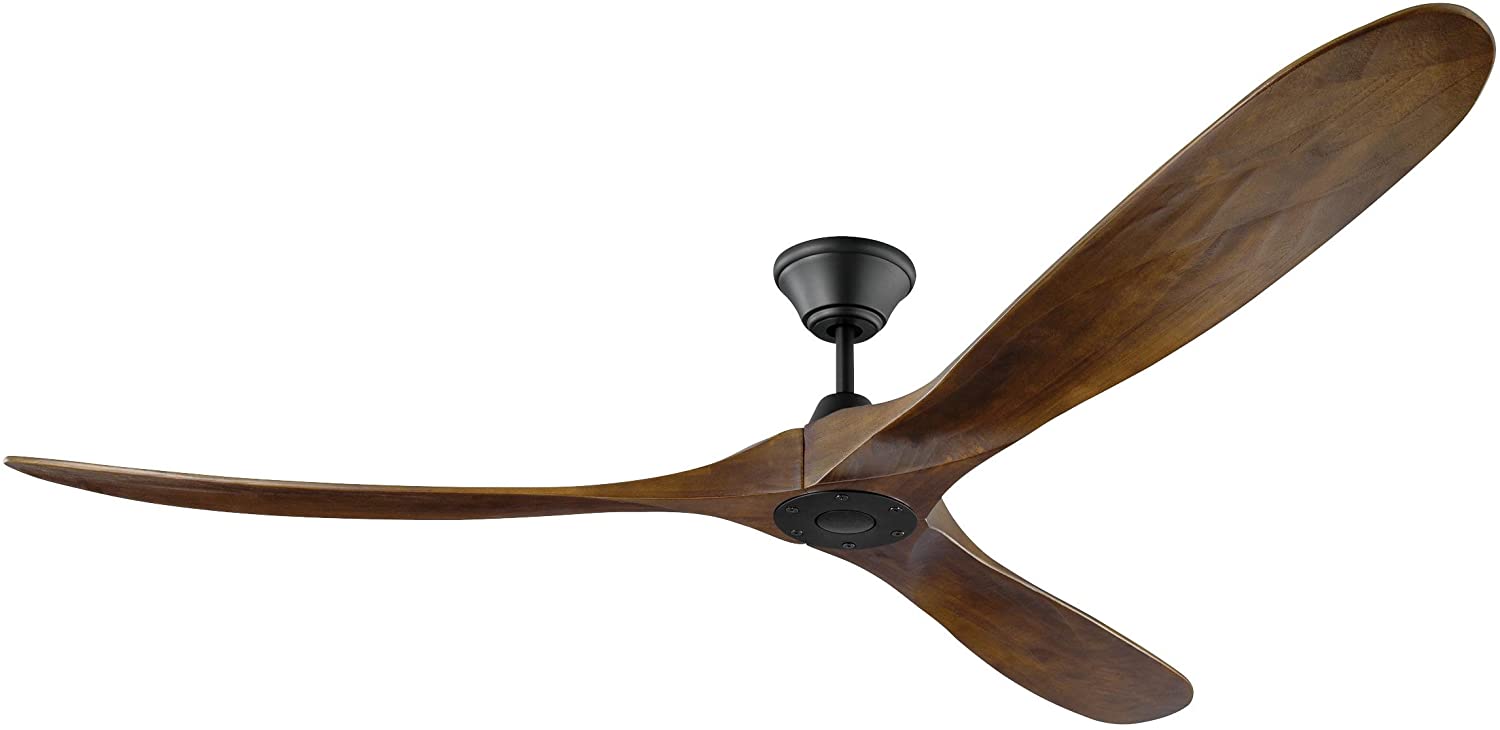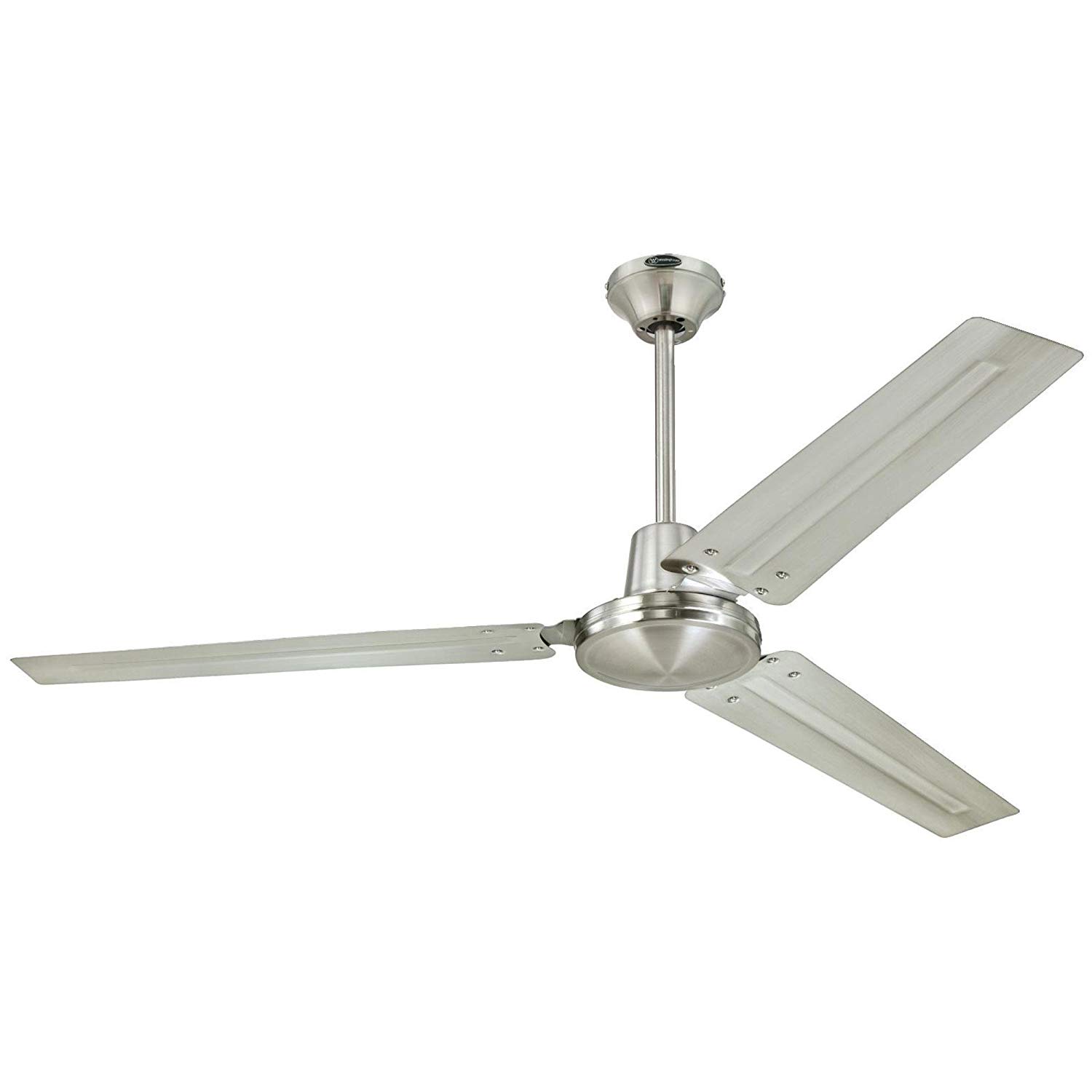Prominence Home 80029-01 Alvina Low-Profile Ceiling Fan, 42-Inch
Last updated: July 5, 2022
This unit moves a lot of air with relatively short fan blades. This smaller diameter makes it a good choice for smaller rooms, although the remote control works well even in larger ones. Even on high settings, the noise is kept to a minimum.
We looked at the top Ceiling Fans and dug through the reviews from some of the most popular review sites. Through this analysis, we've determined the best Ceiling Fan you should buy.
Product Details
Key Takeaway: Expect plenty of performance from this smaller fan.
In our analysis of 36 expert reviews, the Prominence Home 80029-01 Alvina Low-Profile Ceiling Fan, 42-Inch placed 1st when we looked at the top 10 products in the category. For the full ranking, see below.Expert Reviews
What reviewers liked
Short blades for small spaces. Sleek, modern lines paired with a practical and inexpensive fan. This is a good ceiling fan to use if you need multiple fans in the same space. This fan is reversible and has two light bulbs.
This Prominence Home is one of the best low profile hugger ceiling fans for how well it hugs the surface while not taking up too much space.
This fan has a remote control that can be easily turned on and off remotely.
The fan is very quiet, and you would not feel extra wind’s sound.
- Ceilingz
What reviewers didn't like
Not as much light as other fans and can get loud at higher speeds.
Short pull-chain
Require Space Minimum 350 feet
Remote is not included
- Ceilingz
View our Ceiling Fan buying guide for in-depth advice and recommendations.
